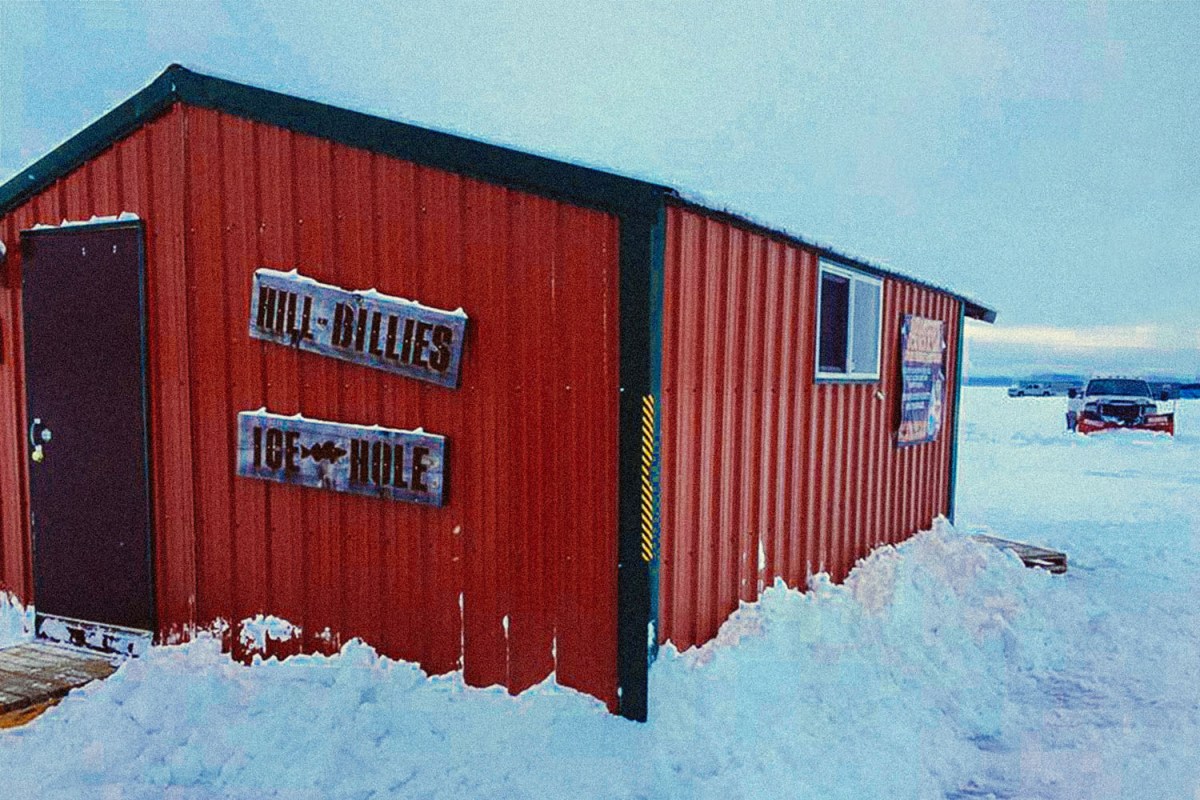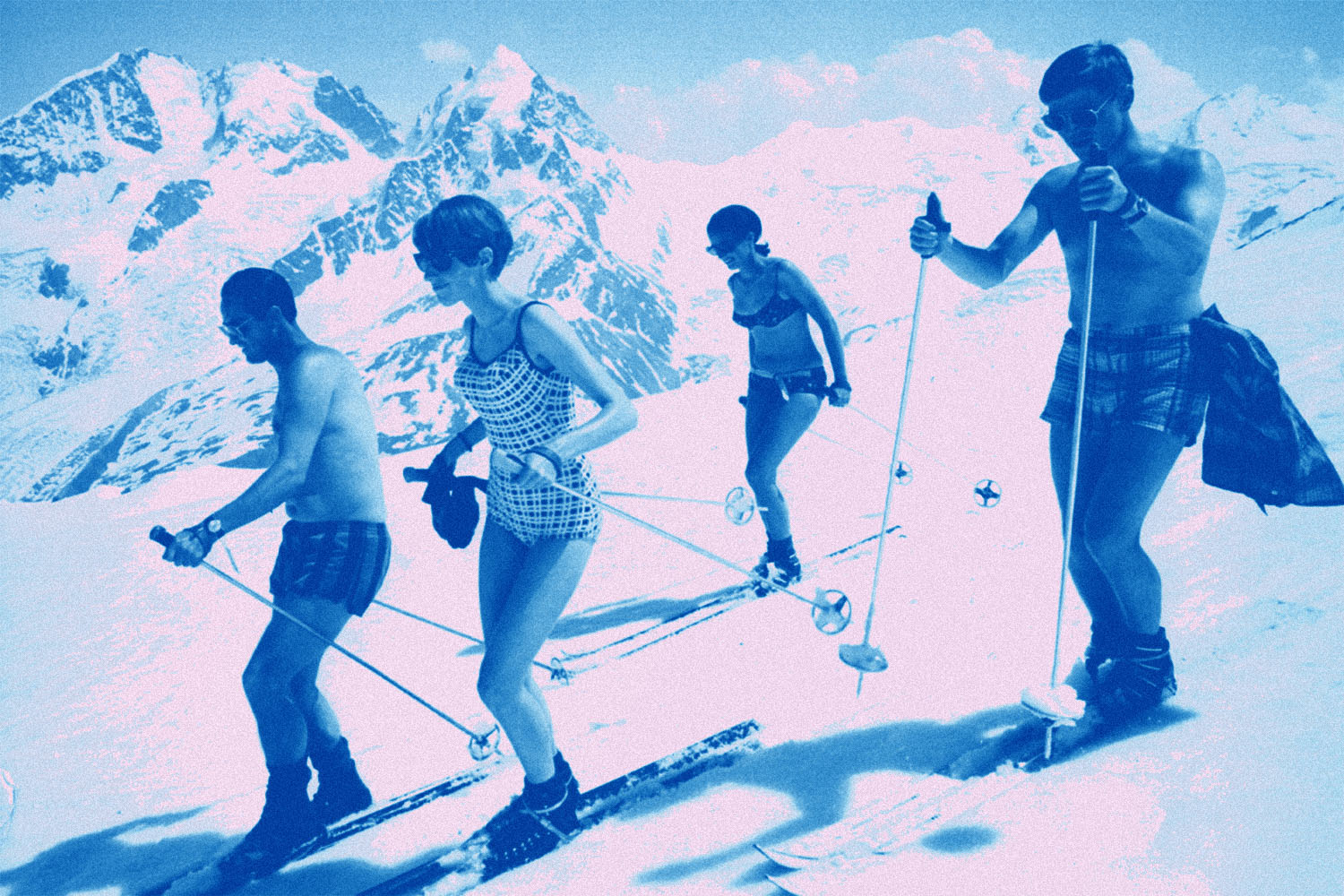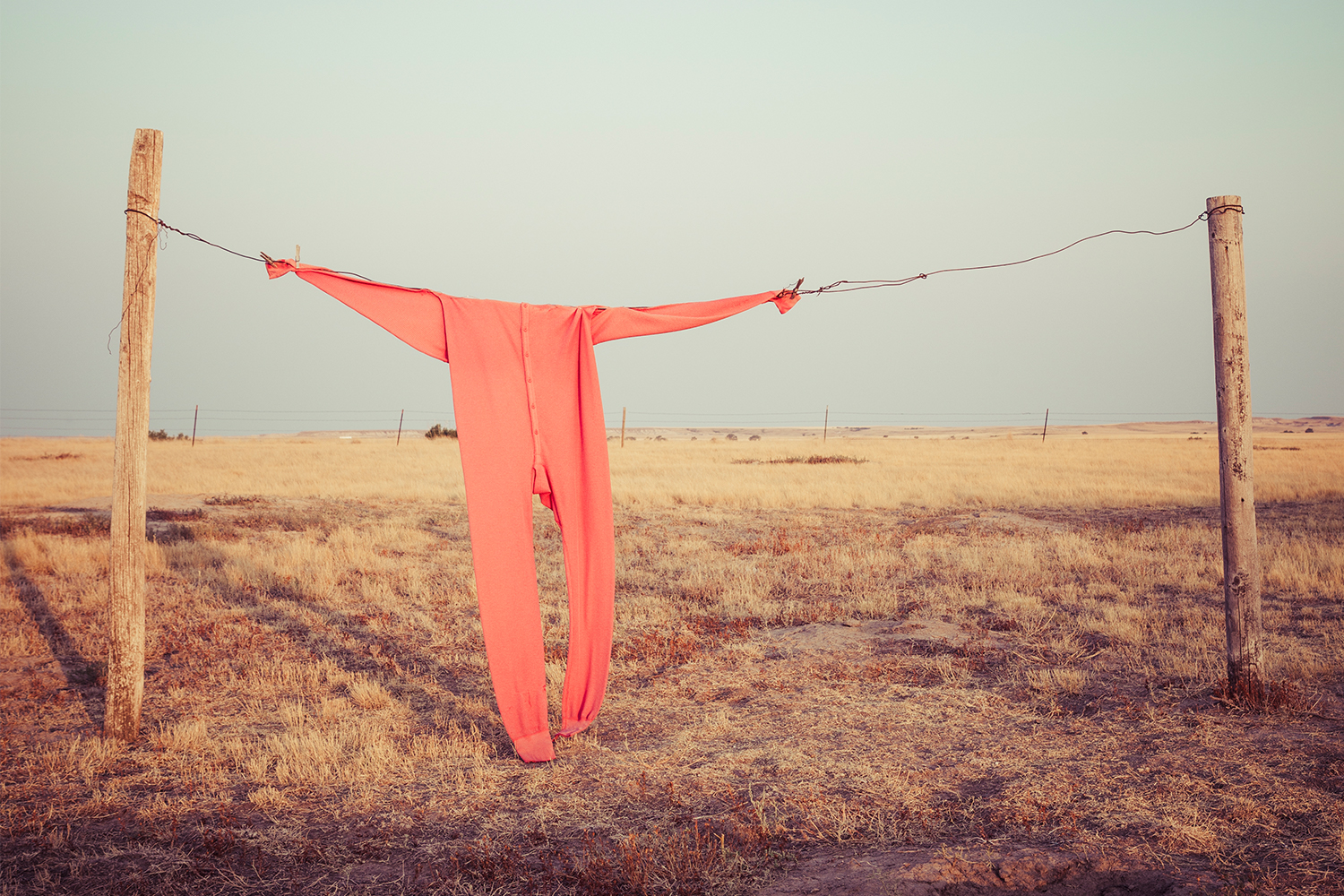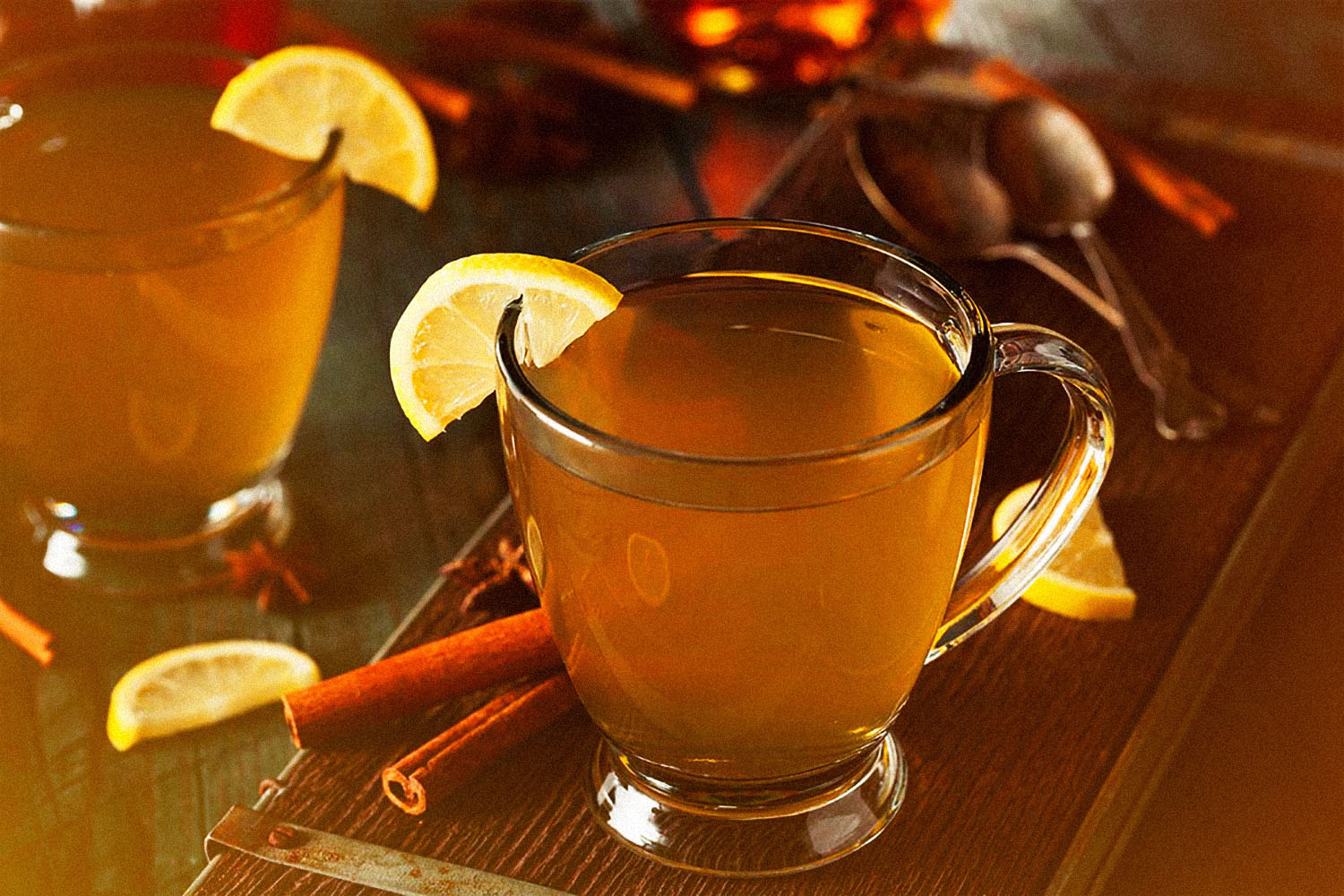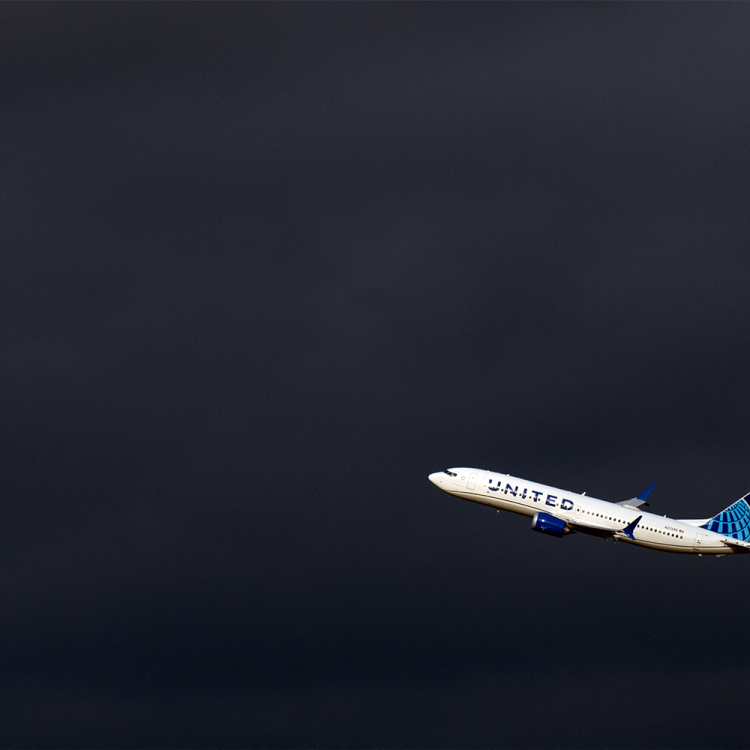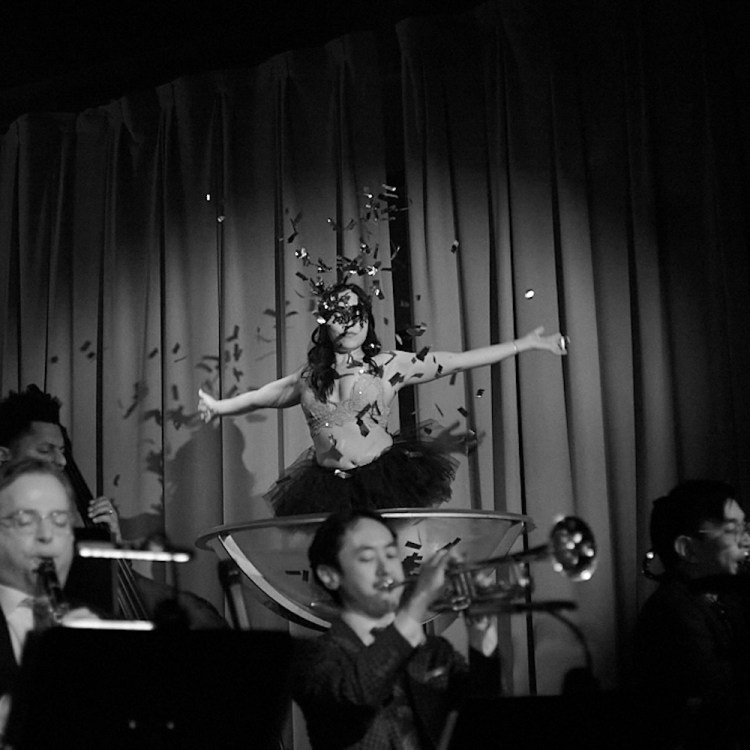Unconventional winter drinking and dining is the norm this season. Across the country, Americans are donning mountain attire to order hot toddies in domes, shacks and firepit-encircled patios. In New York, legacy media companies are even paying their writers to dine out in wearable sleeping bags. Those who brave the frigid temps for a burger and fries treat it like a badge of honor. But in the end, it’s all just necessity. Given the choice, everyone would much rather pack up the shack and head in.
Josie Norgren did the opposite. She’s the owner of the town gas station, as well as a bar and restaurant, in Erhard, Minnesota (population: 102). Together, her operation is known as Hillbillies One Stop Shop. Nine years ago, long before necessity forced wintertime diners and drinkers to face snow, ice and freezing temps, she decided to do it for kicks, by opening an ice bar in the middle of a frozen lake.
It’s called, naturally, Hillbillies Ice Hole, and normally at this time of the year you’d find it in the middle of Lake Lida, three hours northwest of the Twin Cities, almost all the way to Fargo, North Dakota. It’s not open this season because of the pandemic, but we dialed up Norgren to reflect on what has been almost a decade of operating one of the coldest watering holes in America.
Her accent, which those outside the Midwest will recognize from Fargo, isn’t the only thing that would give away her locale. “I’ve had two bars,” she explains of the two iterations of the Ice Hole. “The first year it was NDSU colors: yellow and green.”
Rival college football fans need not worry, it’s red now, and Norgren has been steadily upgrading more than the paint every year. After venturing out onto the ice, the structure that is the Ice Hole may not be impressive on the outside. After all, as Norgren puts matter of factly, “it’s a fish house.” But inside, there’s a full bar, TV, heater, jukebox and, as the name suggests, ice holes for fishing.
Not comfortable driving out onto the lake, even though Norgren and her husband check it every morning before assembling the Ice Hole? That’s just fine. Patrons snowmobile and ski, too, among other forms of transportation. “We actually had a plane land on the ice, and they came in and had drinks.”
Many others have visited by plane over the years, though the traditional kind, with boarding passes and overhead bins that arrive at Minneapolis-St. Paul Airport. Norgren figures they’ve served Americans from just about all 50 states, though it’s a certain group of eccentric Texans who stick out in her mind.
“They flew from Texas to come and camp, like rough it — they were military of some sort. It was two guys and a gal,” she says. “They lived on the lake. That was their goal: to come there, fish and party at the Ice Hole. It was a destination trip.” Despite the planning that went into their Revenant-style vacation, the woman in the group still didn’t quite understand the engineering behind the Ice Hole’s peculiar locale. “She asked if it was on stilts,” Norgren remembers.
In a normal year, the Ice Hole is what cityfolk would call a “pop-up.” It goes up in the morning, comes down every night, and is only around for about 20 days of the winter in January and February. Despite its ephemeral nature and the folksy charm that has made it on many a bar bucket list, the reality is that running a sanctioned tavern on the ice is not for the faint of heart.
For Norgren, first there was the problem of meeting standards set by the Minnesota Department of Health — we’re talking commercial fridges, running water, sinks and proper sanitation, all in a shack a few hundred feet from land and on a couple feet of ice. Also, it needs to be cold, really cold, but that poses problems when they take down after last call. “We’ve done it to frickin’ negative 20 degrees,” Norgren says. “Oh, it’s miserable. Wind blowing. Yeah, not fun.”
And then there’s the problem of the minnows.
You see, the unofficial drink at the Ice Hole is a shot with a live minnow in it, but it is not in any way sanctioned by the bar. Norgren makes crystal clear that it’s illegal for them to serve it. But that hasn’t stopped locals and out-of-towners alike from plopping the tiny, wriggling fish in shots of Jack Daniel’s and slurping them down the hatch. “You buy a shot, and if you choose to put a minnow in it out of the bait bucket that people use to fish, that’s your choice,” she says.
I mention that it must be hard to keep a bar up to code in all these conditions. “Correct,” she says, “and ours is up to code to the gnat’s ass.”
“There’s a lot of risk when you’re inviting people to gather on a lake of frozen ice,” Norgren admits. But for almost 10 years, she’s not just made it work, but made the Ice Hole such a pillar of Minnesota’s cold-be-damned culture that a couple decided to get married there. For that special event, Norgren’s husband broke out his chainsaw and crafted booze fountains out of blocks of ice.
While you can’t book a trip (or a prop plane) to the Ice Hole this year, Norgren says she’s always thinking of ideas to upgrade her local bar. When asked what people can expect inside when they finally do visit, she couldn’t make any promises. It can be a “college frat party” or “family fishing,” she says, it changes hour by hour, just like the ice under the barstools.
Join America's Fastest Growing Spirits Newsletter THE SPILL. Unlock all the reviews, recipes and revelry — and get 15% off award-winning La Tierra de Acre Mezcal.
